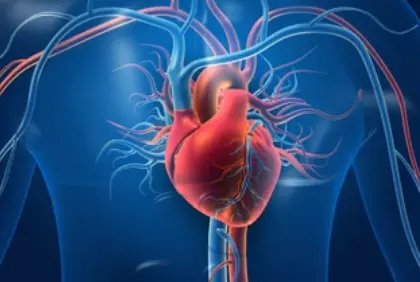 Welcome
Welcome
“May all be happy, may all be healed, may all be at peace and may no one ever suffer."
Chronic muscle spasticity - Generics
Chronic muscle spasticity is a condition characterized by persistent muscle stiffness or tightness that can interfere with movement, posture, and daily activities. It is commonly associated with conditions such as multiple sclerosis, cerebral palsy, spinal cord injury, and stroke.
Muscle spasticity occurs when there is an imbalance of signals between the muscles and the brain or spinal cord, leading to excessive muscle contractions. This can result in a range of symptoms, including muscle stiffness, tightness, spasms, and cramps, as well as pain and discomfort.
Treatment for chronic muscle spasticity may include medication, physical therapy, and other interventions aimed at reducing muscle stiffness and improving mobility. Medications commonly used for muscle spasticity include muscle relaxants such as baclofen, tizanidine, and diazepam, as well as botulinum toxin injections, which can help reduce muscle contractions.
Physical therapy and rehabilitation can also be helpful in managing chronic muscle spasticity, and may include stretching exercises, range of motion exercises, and other therapies aimed at improving muscle function and reducing stiffness. Other interventions that may be helpful include orthotics or assistive devices to support mobility, as well as alternative therapies such as acupuncture, massage, or yoga.
It is important to work with a healthcare provider to develop an individualized treatment plan for chronic muscle spasticity, as the optimal approach will depend on the underlying cause of the condition, the severity of symptoms, and other individual factors.

Fitting of hard contact l...

Listeriosis

Cardiopulmonary Bypass Su...

Hypoproteinaemia

Nephrosis

Cardiovascular event prev...

Eczema

Skin healthiness
Chronic muscle spasticity, দীর্ঘস্থায়ী পেশী স্প্যাসিস্টিটি
To be happy, beautiful, healthy, wealthy, hale and long-lived stay with DM3S.